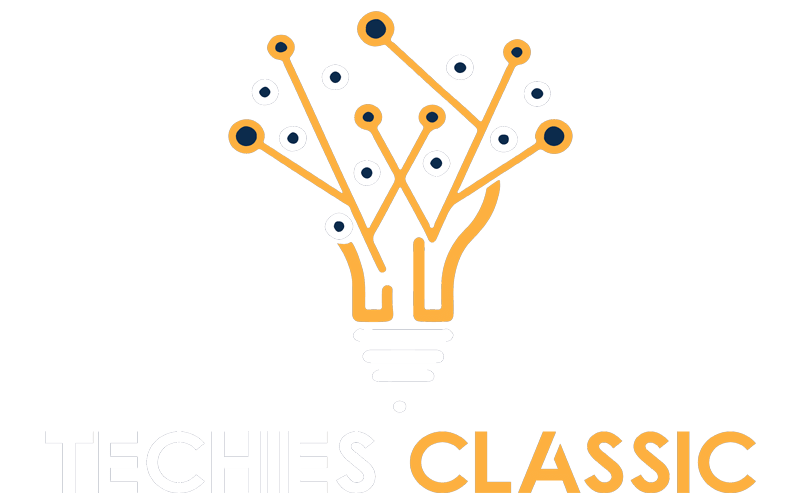Top cybersecurity frameworks and standards 101. A Guide

Contents [Show]
Cybersecurity frameworks and standards are sets of best practices developed by professionals to help companies defend themselves against cyber attacks and enhance their cybersecurity posture. All businesses regardless of size, industry, or sector can benefit from cybersecurity frameworks.
In order to benefit from cybersecurity standards and frameworks in terms of your organization’s safety, and also to avoid fines because of noncompliance, it is essential to know about the standards you need to follow. Here, we will be making a brief introduction to the subject. If you’d like a more comprehensive guide, you can find it over here.
There are differences between frameworks and standards; however, they are included together here to make the situation easier to understand.
ISO 27000 series
The ISO 27000 series is a set of interconnected security standards that can be used to create an internationally recognized foundation for best-practice information security management.
The ISO 27000 set of standards is intended to help businesses manage cybersecurity risks and internal data security threats. New standards are produced as technology advances to satisfy the changing requirements of information security in various businesses and situations.
ISO 27001 is likely the most popular one of the standards since it is the only one that can give your organization an audited certification. However, it isn’t the only standard from the ISO 27000 series that can help a company secure its assets.
NIST cybersecurity framework
The National Institute of Standards and Technology’s (NIST) cybersecurity framework is a useful tool for organizing and improving your cybersecurity program. It’s a set of standards and best practices designed to help businesses in establishing and improving their cybersecurity situation.
The framework lays forth a collection of suggestions and standards to help companies better prepare for cyberattacks by recognizing and detecting them. It also provides advice on how to respond to, avoid, and recover from them.
It is widely regarded as the gold standard for developing a cybersecurity program. Whether you’re just starting to develop a cybersecurity program or have a well-established one, the framework can be beneficial by serving as a top-level security management tool for assessing cybersecurity risk across your organization.
CIS Controls framework
Using a framework like CIS Controls ensures that your company and consumer data are kept safe. You want to work with trustworthy security and privacy frameworks, and the controls in the CIS framework are highly regarded as a good match for many enterprises, including startups.
An informal community procedure is used to update and assess the CIS Controls. Practitioners from government, industry, and academia bring deep technical understanding from multiple perspectives and combine their knowledge to identify the most effective technical security controls needed to stop the attacks they’re seeing.
PCI DSS
The PCI DSS is a data security standard designed to improve the security of cardholder data for businesses that store and handle credit card information. Its main goal is to increase controls when cardholder data is kept, processed, or sent in order to limit the susceptibility of cardholder information and prevent credit card fraud.
Retailers, retail branches of any firm in any industry, online payment services, banks that give credit cards, and service providers that offer online cloud services for payment processing are among the organizations that store cardholder data.
Organizations must pass an inspection that audits all parts of the network that interact with cardholders in order to achieve compliance with the PCI DSS.
FISMA
The Federal Information Security Management Act (FISMA) is a United States federal legislation that mandates federal agencies to establish, record, and implement an information security and protection policy. It was approved in 2002.
FISMA is one of the most essential frameworks governing federal data security standards and principles. It was created to limit the danger of federal information and data being compromised while also controlling federal spending on information security.
It applies to all federal agencies in the United States. The government has recently expanded FISMA to include state organizations that administer federal programs such as unemployment insurance, student loans, Medicare, and Medicaid since the law was passed in 2002.
GDPR
The General Data Protection Regulation (GDPR) intends to mitigate cyber dangers by reaffirming individuals’ rights in the digital age and giving them more control over their personal data on the internet. Violations of the GDPR can result in fines of up to €20 million or 4% of an enterprise’s annual worldwide turnover for the previous financial year, whichever is higher.
It should come as no surprise that the GDPR is the driving force behind cybersecurity. It has considerably increased European organizations’ awareness of data breaches caused by cybercrime and the necessity of protection. It has given cybersecurity greater weight by making cybercrime more visible.
Top cybersecurity Ebooks you should read
Takeaways
Cybersecurity standards and frameworks serve as a foundation for obtaining a high level of security. They can help a company solidify its cybersecurity program by certifying it as complying with certain rules. Choosing a framework necessitates a commitment of time and resources to the project. It provides a systematic approach to becoming secure and then measuring the efficacy of the framework’s security policies over time.


0 Comments